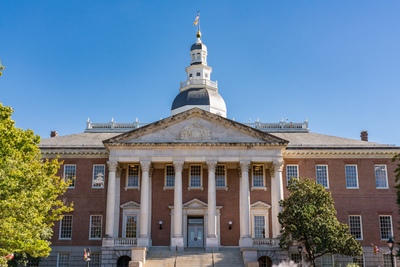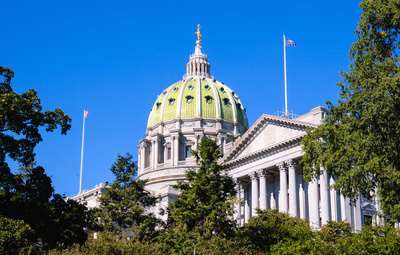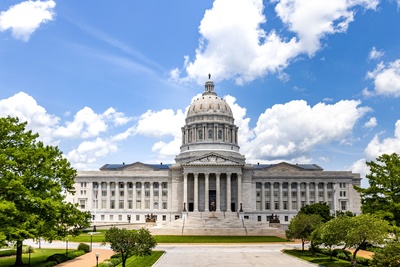
Legal
Here's What You Need To Know About Sports Betting in 2025 and Beyond
December 9, 2025 | Marvin Yates

Key Takeaways:
Recent and future actions by the U.S. Supreme Court could encourage states to fill a gap left by limited federal regulatory agencies. With one hand, the Court could limit federal regulatory flexibility, and with the other hand, the Court has provided a path for states to strengthen its regulatory reach across the country.
Next year, the Court will decide whether to overturn the longtime legal doctrine of Chevron deference. The doctrine comes from the 1984 case Chevron v. NRDC, and it requires courts to defer to formal agency actions if they are based on a rational or reasonable reading of an ambiguous statute that the agency has been charged with administering. Basically, if Congress did not clearly direct an agency to do something via statute, then the agency can make a reasonable decision on how to proceed and the courts shouldn’t question that agency's decision unless it's clearly an unreasonable interpretation. This doctrine has provided federal agencies with a lot of leeway in interpreting federal laws. This doctrine confronts the reality that not every situation can be definitively codified in statute.
Nearly 40 years later, several Justices on the Court have raised objections to Chevron deference and there appears to be votes to overturn or significantly limit the doctrine. This would be a major shift for the federal regulatory space, but what does it mean for the states? While there isn’t necessarily a direct connection between the federal Chevron deference doctrine and the states, we’ve repeatedly observed what happens when federal policy leaves an issue unaddressed: states are more than willing to dive in and fill the gap with laws of their own.
This is especially interesting considering a case the U.S. Supreme Court decided earlier this year. In National Pork Producers Council v. Ross, the Court upheld a California law barring the sale of pork products when the meat came from a pig confined “in a cruel manner.” The challengers argued that the law’s benefits for California residents do not outweigh the costs it imposes on out-of-state economic interests. While a splintered vote by the Justices upheld the California law, Justice Kavanaugh expressed his concern that California “has attempted, in essence, to unilaterally impose its moral and policy preferences for pig farming and pork production on the rest of the Nation. . . . California’s approach undermines federalism and the authority of individual states by forcing individuals and businesses in one state to conduct their farming, manufacturing, and production practices in a manner required by the laws of a different state. Notably, future state laws of this kind might not be confined to the pork industry. . . . California’s novel and far-reaching regulation could provide a blueprint for other states.”
So if the Court decides to overturn Chevron deference next fall, therefore limiting federal regulators, will states jump in to fill the regulatory gap? And will we see 50 different rules on issues that might have been coordinated on the federal level or will states expand on Justice Kavanaugh’s prediction and unilaterally impose their policy preferences on other states? Much of this is speculative at this point, as Justices won’t hear arguments on the case to overturn Chevron deference until January with a decision not likely until next June. But Justice Kavanaugh’s warnings are worth keeping an eye on. And if the Court decides to limit federal regulators by overturning Chevron deference, those same Justices have given a green light to states that have shown themselves more than willing to take an aggressive approach.
For more timely insights like this, be sure to sign up for our Morning MultiState weekly morning tipsheet. We created Morning MultiState with state government affairs professionals in mind — sign up to receive the latest from our experts in your inbox every Tuesday morning. Click here to read past issues and sign up.

December 9, 2025 | Marvin Yates

October 17, 2025 | Sandy Dornsife

September 11, 2025 | Sandy Dornsife